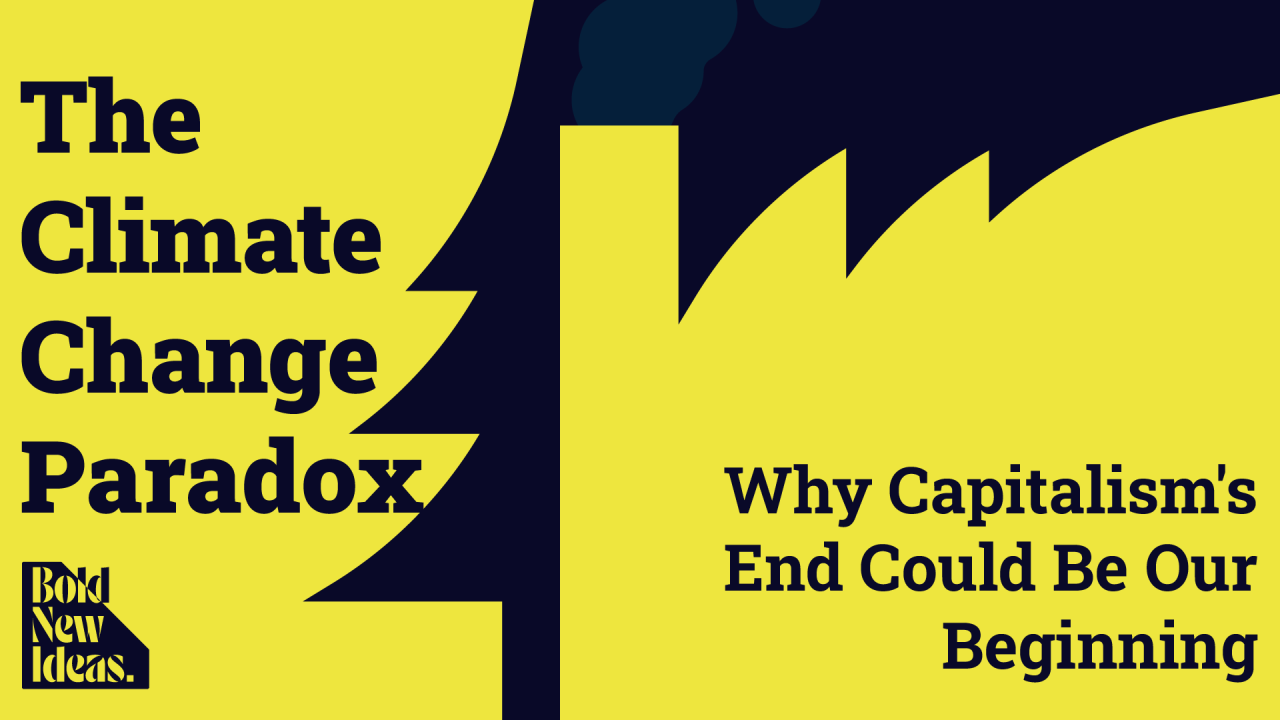
Aqsa Kay
August 16, 2023
From the microcosm of individual cells to the macrocosm of ecosystems, nature has always exemplified a complex yet elegant mechanism of self-regulation and sustainability. A delicate balance of interactions, mutualism, and the cyclical exchange of resources, nature’s system allows it to thrive and evolve in the face of diverse challenges.
However, human systems, specifically our current economic model, have demonstrated the opposite: they’re not only complicated but also largely wasteful and unsustainable. To tackle the pressing issue of climate change, humanity needs to fundamentally shift its values, moving away from a focus on relentless consumption towards mutual growth and sustainability.
The Dichotomy Between Complex and Complicated Systems
The distinction between complex and complicated systems lies at the heart of our comprehension of natural and human-made structures. At a glance, they might seem alike, but a deeper exploration reveals profound differences.
Complicated systems, often found in human-engineered objects, follow a clear relationship between cause and effect. These systems, such as a mechanical clock, consist of many interacting parts that follow a linear and predictable pattern. A skilled craftsman can foresee how changes in one part will influence the whole. They are deterministic, meaning the behavior of the system can be wholly understood if all the components are known.
In contrast, complex systems are unpredictable, adaptive, and often naturally occurring. They have components that interact in unforeseen and non-linear ways, leading to properties and behaviors that cannot be understood solely by analyzing individual parts. The weather is a perfect example. Even with all the data about temperature, humidity, wind patterns, and other variables, precisely predicting a specific weather pattern remains nearly impossible.
The contrast between these systems is stark. While complicated systems are predictable and deterministic, complex systems are inherently unpredictable due to their non-linear interactions. Complicated systems follow specific rules, with each part playing a defined role, whereas complex systems exhibit behaviors that are more than the sum of their parts. Complicated structures are often human-made, designed for specific tasks and adhering to well-defined plans, while complex systems evolve naturally over time.
Complicated systems may falter if a part fails or an unexpected factor is introduced. Complex systems, on the other hand, often display resilience and flexibility, adapting and evolving as necessary.
Understanding this dichotomy has far-reaching implications for how we approach problems and design solutions across various fields. While complicated systems can be controlled and optimized through analysis, complex systems require a nuanced, adaptable approach. By learning from nature’s complex systems, we can develop more resilient and sustainable human-made structures that work in harmony with the environment, rather than producing waste. It’s a shift in perspective that could hold the key to addressing some of our time’s most pressing challenges, such as climate change and societal transformation.
It encourages us to rethink not only our relationship with nature but also how we structure our human systems to be more reflective of the adaptable and sustainable qualities found in the natural world.
Capitalism: A Complicated System Leading to Waste
Capitalism, the prevailing economic system, is a machine that can drive both innovation and destruction. It’s a complicated design, full of cogs and wheels, functioning smoothly when conditions favor, but inherently wasteful. Consider planned obsolescence, the method of designing products to fail, to keep consumers hungry for the next new thing. It’s a reflection of an insatiable appetite, akin to a caterpillar’s relentless consumption.
But here’s the nuance: A caterpillar’s feeding frenzy is a prelude to transformation. It’s a stage, not an end. Could capitalism, with its inherent inefficiencies and waste, be our own caterpillar stage, leading to something higher, something profound?
Complex natural systems provide insight. In nature, waste doesn’t exist. A fallen leaf becomes nourishment for the soil; the waste of one organism is the treasure of another. It’s an intricate dance of reciprocity, balance, and harmony.
Sunlight is a prime example of nature’s generosity. It doesn’t diminish with use; it’s an anti-rivalrous resource. Can we learn from this? Can our economic models promote sharing, cooperation, and mutual benefit, rather than rivalry?
Our path to survival may be to mimic these natural systems, to recognize the wisdom of life on this planet. We must become more like the caterpillar, aware of our potential to transform, to become something more harmonious, sustainable, and beautiful.
In this metamorphosis, products would be designed for durability, repair, and full recyclability. The pursuit of profit would not overlook social and environmental costs, but rather embrace a wider vision of success, one where equity and sustainability hold sway.

Waste is a design flaw
This change is not mere idealism. It’s an urgent necessity, a call to action. Like the caterpillar, our survival depends on our willingness to evolve, to reimagine ourselves. The road will be challenging, filled with resistance and doubt, but it’s a journey we must undertake.
We’re at a crossroads, with the choices we make determining the fate of generations to come. Our survival may hinge not just on technological prowess but on our ability to respect, understand, and emulate the complex systems that have sustained life for eons.
By transitioning from self-destructive habits to a worldview that balances human needs with ecological stability, we open the door to a future of coexistence and mutual benefit. Like the caterpillar that becomes a butterfly, we too can transform, emerging from our insular, wasteful ways to a harmonious relationship with the world around us.
This perspective ignites a new sense of urgency in our fight against the climate crisis and other global challenges. It’s a call to become active participants, not passive bystanders. A call to align our economic models, societal structures, and individual behaviors with the principles we observe in nature.
It’s time to learn from the caterpillar, to embrace the complexity of natural systems, and to recognize our own potential for transformation. For within us lies the possibility to create a world where humanity and nature thrive together in harmony. It’s a path worth pursuing, a journey worth taking, and a future worth creating.